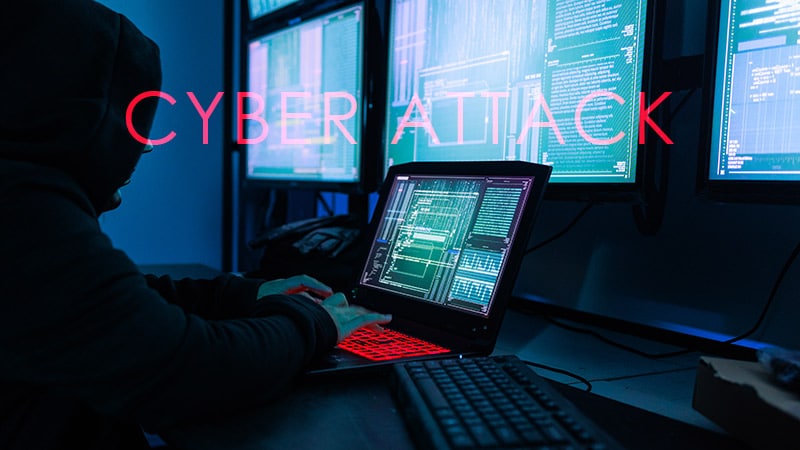Core Concepts
Cybersecurity measures are crucial in Canadian health systems to prevent cyberattacks and protect patient information.
Abstract
Standalone Note here
Introduction
Canadian health systems are adopting new technologies like EMR, wearables, and IoT devices.
Cyberattacks pose privacy and financial risks to patients, providers, and institutions.
Four-Stage Plan
Prevention, detection, response, and recovery stages are crucial in cybersecurity.
Individual cyberhygiene, strong passwords, and 2FA are essential for prevention.
Clinicians should be aware of suspicious behavior for detection.
Response involves disconnecting affected machines and launching a cyberattack response plan.
Recovery includes restoring systems from backups and reviewing events for improvement.
Emerging Cybersecurity Areas
Virtual care platforms and remote monitoring devices pose new cybersecurity challenges.
Clinicians should use secure tools and remain vigilant about cybersecurity notices.
Expert Insights
Alex Wilner emphasizes the importance of a whole-of-society approach to address cybersecurity challenges in Canadian healthcare.
More support, training, leadership, and interdisciplinary research are needed to enhance cybersecurity in the healthcare sector.
Cyberattacks Challenge Canadian Health Information Systems
Stats
Canadian health information systems faced at least 14 major cyberattacks since 2015.
Cybersecurity practices vary widely across public sector institutions.
Health organizations shouldn’t pay ransoms to unlock and decrypt systems.
Quotes
"We have worked hard to write this piece in a way that clinicians... can take away tangible and practical measures to improve their cybersecurity posture." - Vinyas Harish
"Ultimately, it takes a concerted team effort by end users, policymakers, and vendors (among others) to keep our patients and communities safe from cyberthreats." - Vinyas Harish
"There’s no easy fix to addressing the cybersecurity challenges that threaten to degrade Canadian healthcare. A whole-of-society approach is needed." - Alex Wilner
Key Insights Distilled From
by Carolyn Cris... at www.medscape.com 11-27-2023
https://www.medscape.com/viewarticle/998796
Deeper Inquiries
How can interdisciplinary research improve cybersecurity in the healthcare sector?
Interdisciplinary research plays a crucial role in enhancing cybersecurity in the healthcare sector by bringing together experts from various fields such as healthcare, technology, cybersecurity, policy, and academia. This collaboration allows for a comprehensive understanding of the complex challenges and vulnerabilities present in healthcare information systems. By combining insights from different disciplines, researchers can develop innovative solutions and strategies to address cybersecurity threats effectively. For example, experts in healthcare can provide insights into the specific needs and requirements of medical systems, while cybersecurity specialists can offer technical expertise in identifying and mitigating potential risks. Additionally, policymakers can contribute by creating regulations and guidelines that promote cybersecurity best practices in the healthcare industry. Overall, interdisciplinary research fosters a holistic approach to cybersecurity in healthcare, leading to more robust protection of patient data and critical medical infrastructure.
What are the potential drawbacks of not paying ransoms to unlock systems after a cyberattack?
One of the potential drawbacks of not paying ransoms to unlock systems after a cyberattack is the risk of prolonged system downtime and disruption of healthcare services. In the event of a ransomware attack, where critical systems are encrypted and inaccessible, not paying the ransom may result in extended periods of inactivity, leading to delays in patient care and treatment. This downtime can have serious consequences, especially in emergency situations where immediate access to medical records and systems is essential. Furthermore, refusing to pay the ransom may also result in the loss of valuable data and information, which could have significant implications for patient privacy and the continuity of care. Additionally, by not paying the ransom, healthcare organizations may face financial losses associated with system recovery, investigation, and potential legal repercussions. Overall, the decision not to pay ransoms after a cyberattack must be carefully weighed against the potential consequences of prolonged system unavailability and data loss.
How can the healthcare sector learn from cybersecurity lessons in other critical infrastructures?
The healthcare sector can learn valuable lessons from cybersecurity practices and experiences in other critical infrastructures by studying successful strategies, identifying common vulnerabilities, and adapting best practices to enhance its own cybersecurity posture. By examining how sectors such as finance, energy, and transportation have addressed cybersecurity challenges, healthcare organizations can gain insights into effective risk management, incident response, and threat mitigation techniques. For example, lessons learned from the financial industry's robust cybersecurity protocols can be applied to secure electronic medical records and payment systems in healthcare. Additionally, understanding the impact of cyberattacks on critical infrastructures like energy grids can help healthcare providers anticipate and prepare for potential disruptions to medical services. By fostering cross-sector collaboration and knowledge sharing, the healthcare sector can leverage the experiences of other industries to strengthen its cybersecurity defenses, protect patient data, and ensure the continuity of care in the face of evolving cyber threats.
0
More on Healthcare
